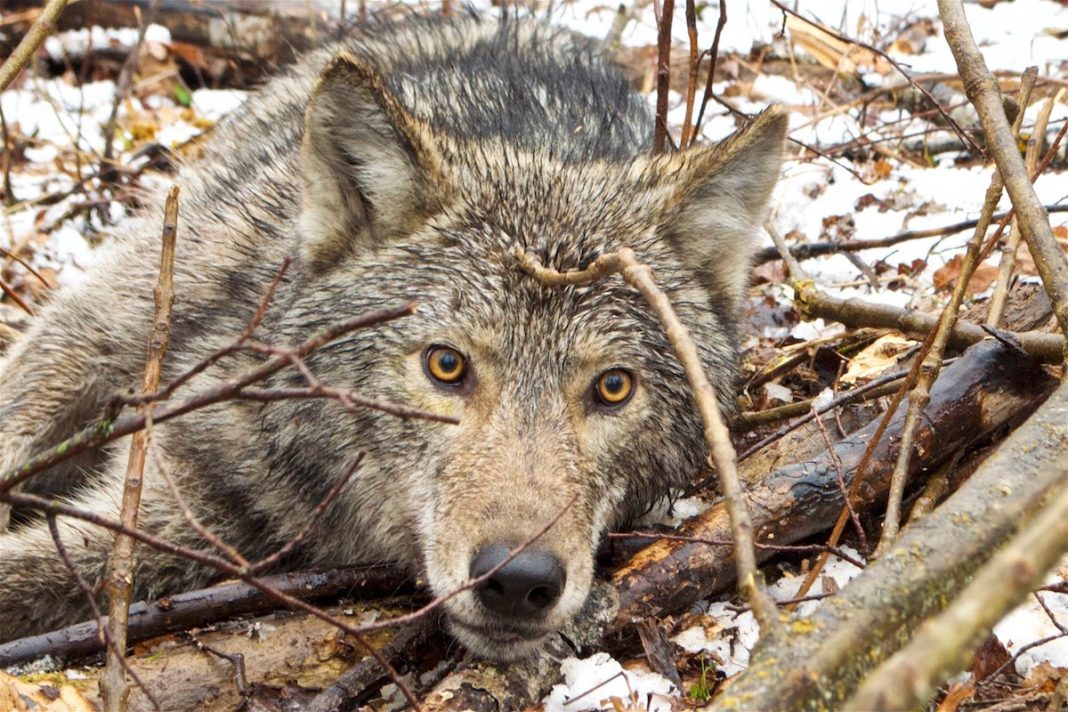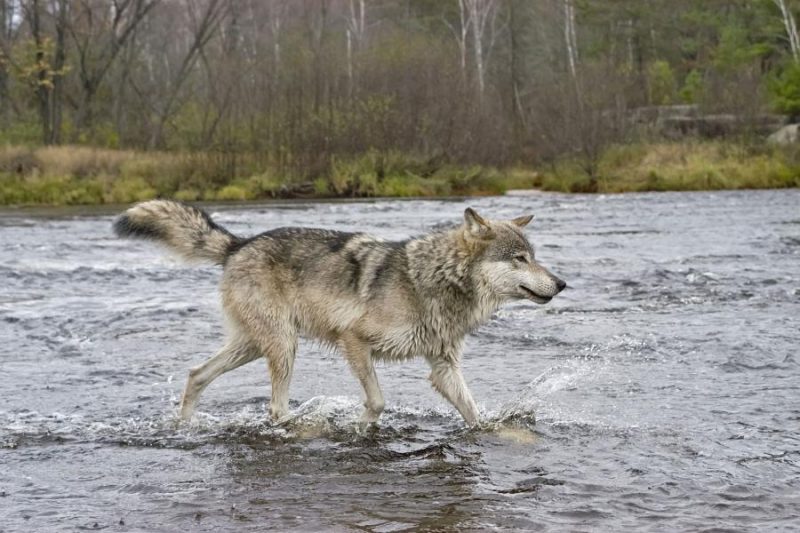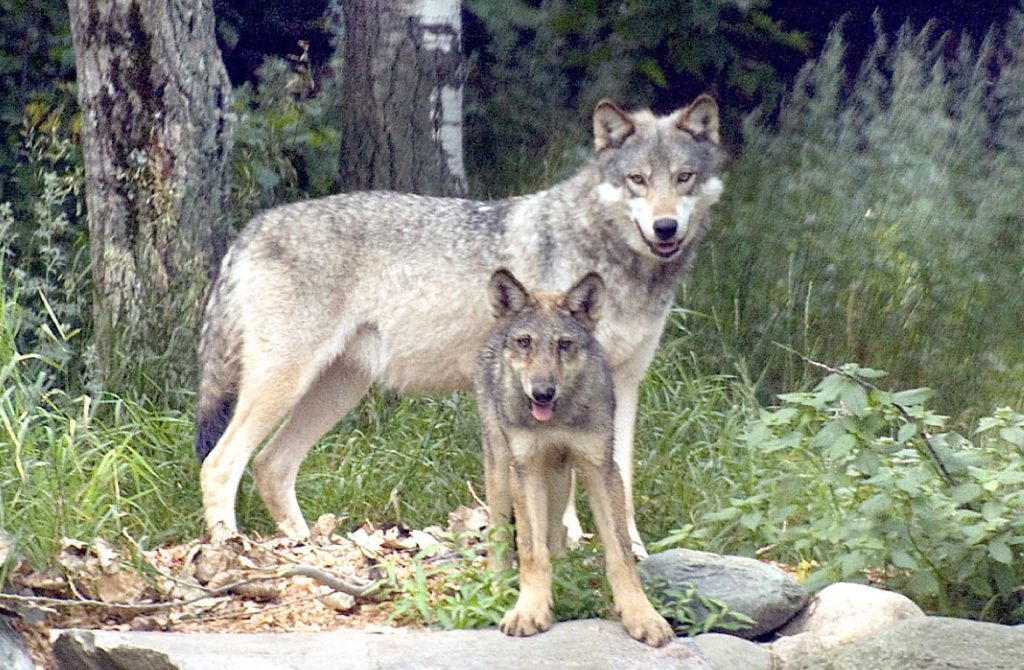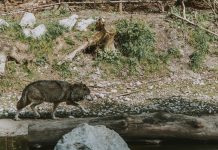Wolf Studies in Northern Minnesota
For the past nine summers, a team of researchers has been conducting fieldwork to study the summer habits of wolves in and around Voyageurs National Park. Using GPS collars on wolves from seven different packs, they gather location data every 20 minutes, allowing for a closer examination of the animal’s behavior.
By analyzing the data, they have discovered that when wolves spend more than 20 minutes in a particular area, it usually means they have found a food source. To further investigate these sites, the researchers set up trail cameras to capture footage of the wolves fishing and engaging in other behaviors.
Proof
The team has collected videos showing wolves successfully catching fish and waiting in ambush near creeks to secure their next meal. In a recent development, they started attaching GoPro cameras to some of the GPS collars, which provided fascinating footage of a wolf eating several freshly caught fish shortly after the camera was installed. Click here to view the video.
Through their research, the team has uncovered several intricacies of wolves’ fishing habits. They found that wolves predominantly fish at night and rely on their ears rather than their eyes to locate fish. When a fish breaks the water’s surface, the sound acts as a cue for the wolves to launch their attack.
Wolves primarily fish from April to June, during the time when suckers migrate in large numbers to rivers and streams for spawning. The splashing and distraction caused by the spawning process make it easier for the wolves to detect and catch their prey.
The researchers have observed that wolves tend to fish in creeks, rivers, and streams that are less than three feet deep, often targeting the shallow waters below beaver dams. The dams create barriers for fish swimming upstream, resulting in a congestion that wolves exploit to their advantage.
The researchers believe that wolves prefer fishing during the spawning season because it offers a relatively risk-free food source. While going after larger prey such as deer can pose a significant threat, fish pose little danger to wolves. Some wolves even pass up larger prey like beavers when fish are readily available.
Wolves’ Diet
However, fishing is not the sole focus for wolves throughout the summer. They intensely concentrate on fish for a two to three-week period during the sucker spawning season. Once this food source declines, they turn to other options.
The Voyageurs Wolf Project has previously published research revealing that wolves in and near the park consume a substantial number of beavers. Unlike their hunting strategy for deer, wolves employ stealthy ambush tactics to capture beavers, sometimes waiting for hours.
Adaptations and The Future of Wolves
Despite the advancements in technology aiding their research, the researchers admit that wolves often outsmart them. When placing new trail cameras in the field to document wolf activity, the wolves can sense the presence of humans and relocate to different areas. Nevertheless, the occasional exceptional video clip obtained keeps the researchers excited about their work.
According to Gable, one of the researchers, the adaptability of wolves in utilizing various food sources across different habitats has allowed them to thrive in diverse environments, including deserts, forests, mountains, and plains.
Studying the summer habits of wolves provides valuable insights into their behavior, feeding patterns, and adaptability, shedding light on the fascinating lives of these iconic creatures.
To view more articles related to wolves click here. To read more regarding the Voyager Wolf Project, click here.

















